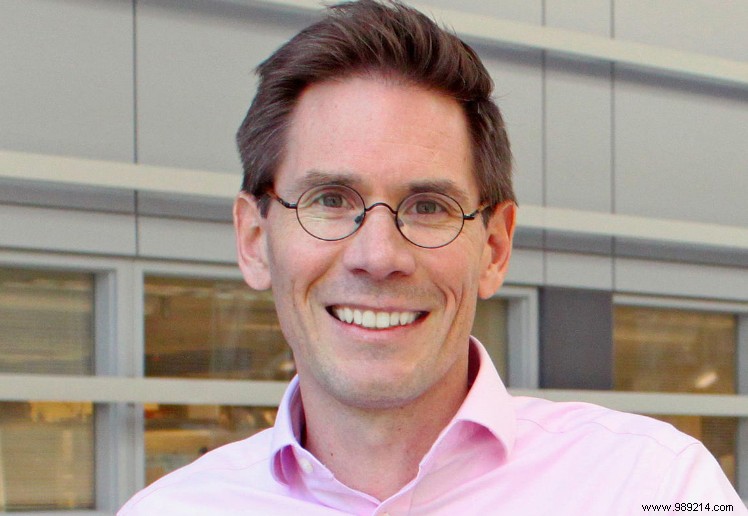On the brush or the comb, in the shower, by passing the hand in the hair… In a 2015 IFOP survey, three out of four French people (76%) without baldness said they were losing their hair. In addition, after the age of 65, three out of ten men suffer from androgenetic alopecia (or baldness). In general, we therefore often see a loss of density with age, both in men and women. However, science has long looked into the phenomenon of age-related hair loss, both to understand its origin and to treat it. From the many studies conducted, focusing on stem cells seems to be the solution that offers the best hope for treatment.
The hair transplant procedure is indeed a sometimes expensive and invasive procedure. As for drugs, finasteride used in the case of androgenetic alopecia in men can induce side effects such as loss of libido and erectile dysfunction while minoxidil can cause hypertrichosis. Today, researchers therefore seem to be focusing more on alternative solutions, and in particular by focusing on stem cells.

For decades, researchers have always focused on keratinocytes, constituent cells of the epidermis and skin appendages (hair, hair, etc.). However, as part of a study conducted by the University of Calgary (Canada), the research team focused on a small cell group present in the hair follicles and in the stem cells of the skin. :fibroblasts . And according to them, these fibroblasts would be the main responsible for hair loss age-related.
By studying the thinning hair of old mice, they indeed noticed that the stem cells of fibroblasts had lost their regenerative function or malfunctioned. “There weren't enough of them to regenerate the fibroblasts. Result:fibroblasts and hair follicles began to miniaturize and were no longer able to produce hair . says Biernaskie, head of the research team.
Recall that fibroblasts are important because they send messages to keratinocytes to force them to divide, and in doing so, orchestrate the growth cycles of hair follicles allowing the production of new hairs. When the fibroblasts become scarce, the "signal" then becomes too weak to reach the keratinocytes and maintain the hair growth process . For Jeff Biernaskie:"if we are ever going to be successful in preventing hair loss or regrowing those that are already falling out, we must work to preserve the function of these stem cells that are found in hair follicles. “.

This finding may help direct future hair loss research more precisely. Scientists at the University of Calgary hope in particular to find a way to prevent this degeneration by blocking certain genetic mutations occurring directly within stem cells in fibroblasts.
They also believe that this will have wider implications. Indeed, Wisoo Shin, lead author of the study, points out that similar fibroblasts are found in most of our organs , maintaining their integrity and promoting tissue regeneration. Finding a way to promote self-renewal to produce new functional fibroblasts until old age therefore also offers hope of being able to treat certain injuries and help the skin to regenerate.